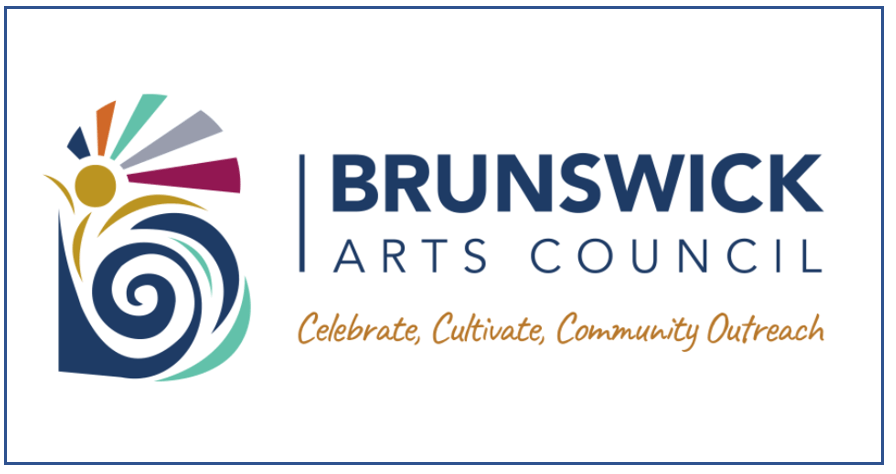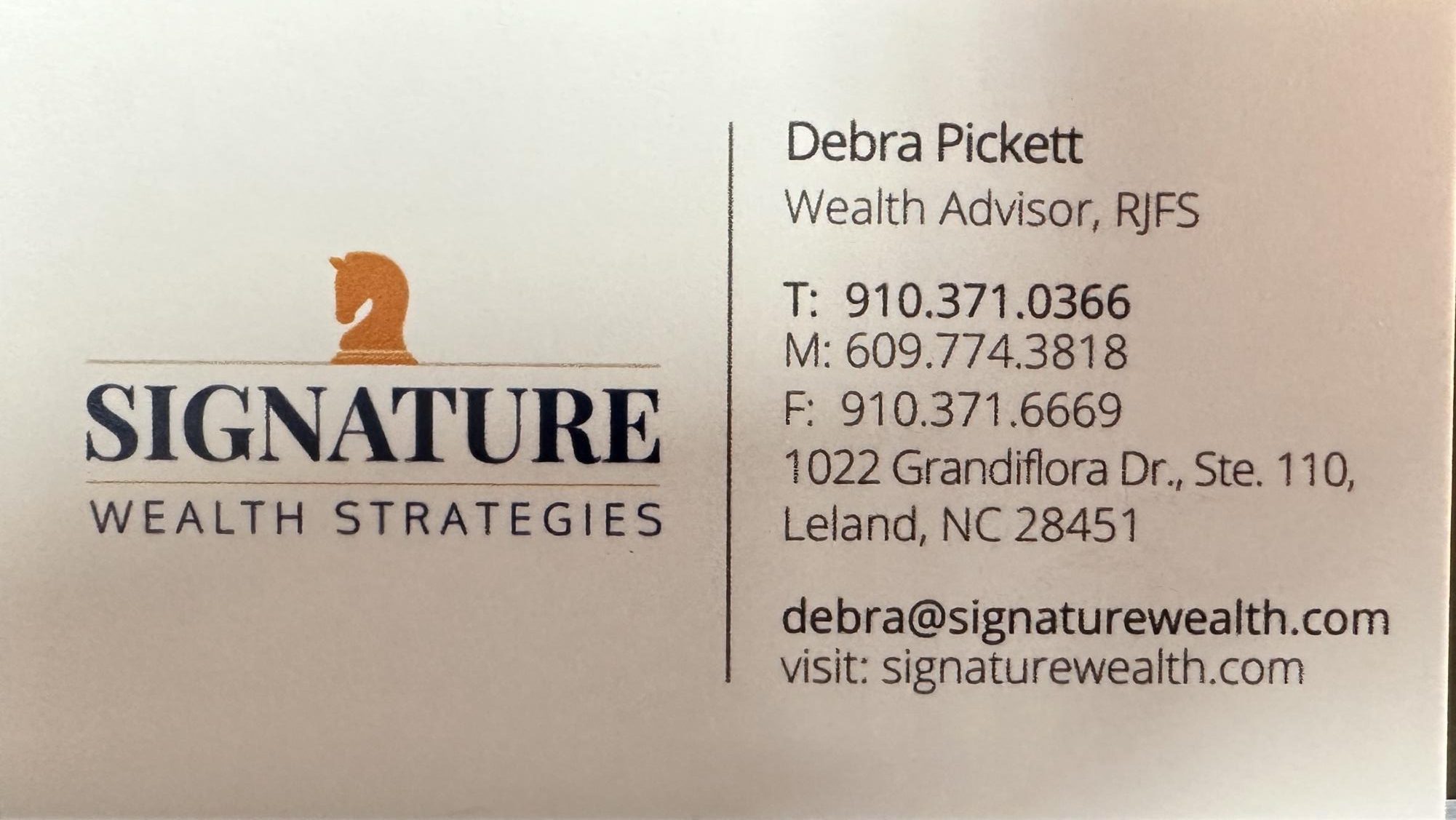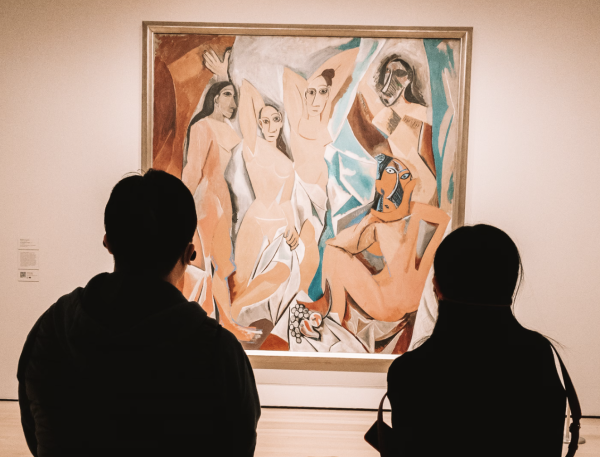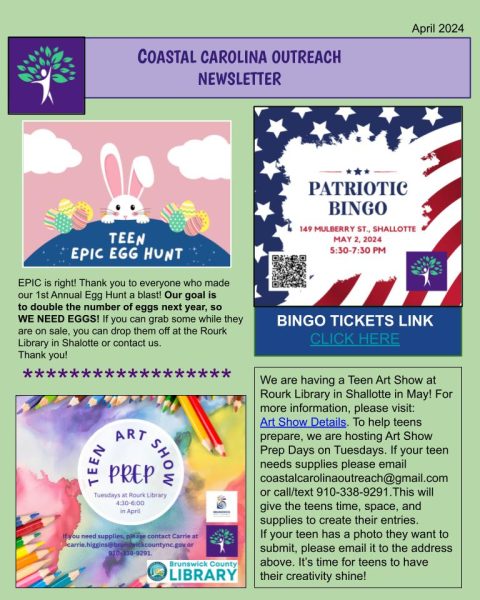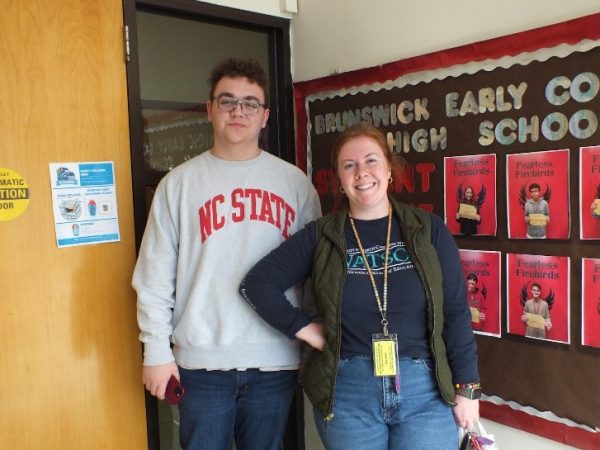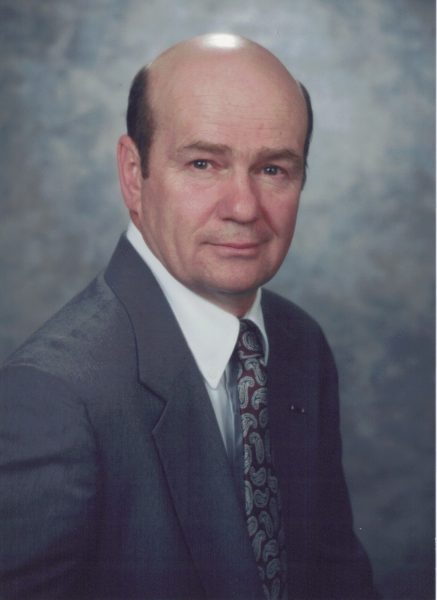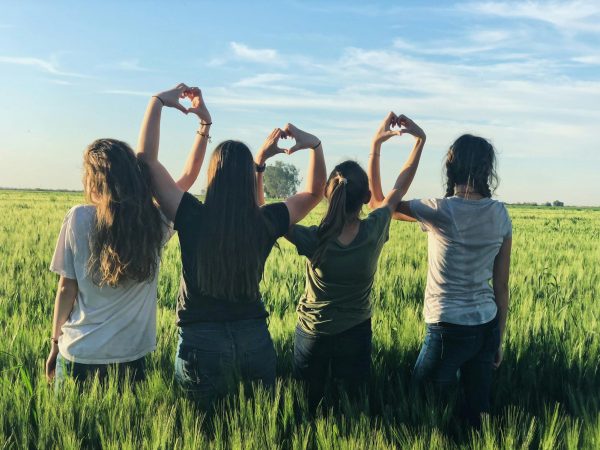Alone
November 8, 2021
“Not too close, not too far.”
This is an oxymoron; what this meant was always a puzzle to Enola’s younger self as well. Now, however, among the lessons she has learned from my parents, this one stuck and made the most sense to her present self.
Enola has always been in groups of three. The closest and best friend groups she has been in are made up of herself plus two; she was that friend who had to walk behind as they walked through sidewalks because not all three of them can fit the area that was paved. For a while, Enola was also the “third wheel” of her family as she was an only child until twelve. Even when she gained sisters, she was the odd one out. Yet, she still stands out as the eldest and a decade older than her siblings.
And so, she constantly tried to fit in and belong. Everyone else had someone with whom they had a significant connection, so she envied how they had someone to bond with on a deep level. Perhaps the reason why she craved that feeling was because she was different. Ever since Enola was young, her parents have already instilled in her mind that they were meant to go somewhere where the grass is greener. There was always that inevitable subtle thought to not be too attached at the back of her head as they would be leaving sooner or later. When her family did seek out greater opportunities, she felt insecure about the fact that her goals and visions were not similar to her peers’. At such a raw age, this made Enola struggle even more in building that connection because there would always be a discrepancy in the way her peers and herself lived our childhood—no one was really ever able to relate to hers and she was also not able to relate to theirs.
Feeling homesick, she used to call her best friend, but she never responded enthusiastically.
Enola had to initiate the dialogue with, “Hello, friend! How are you?”
In turn, her friend says, “I have been doing well! How about you?”
“Good,” She says, and continues with, “Were there any eventful things that happened recently?”
“No, nothing much.”
The then interesting and fun-filled talks we had shared in the past turned into automated responses. As a result, Enola had become more introverted, opting to observe instead of engaging with others. She was too engrossed in the past and in keeping herself in her friends’ lives even though her sequence for their story was up.
The situations she has experienced led her to realize that the world is indeed a busy place. We can be the main character to our own story, a supporting character to others, a villain—though hopefully not—to some, and an extra to the rest of the 7.7 billion stories of the world. Everyone is in distinct situations, and if Enola were to get too hung up in trying to fit in, she would simply be wasting chapters of her life’s narrative.
So, she decided to focus on making the most of her book’s pages; she decided to focus more on herself. Once Enola did spend time writing out and piecing together her own novel and seizing each moment—even if she was alone, everything came into place. It is as if that void of not having company was filled by her own effortlessly. Because she focused on building herself, Enola attracted the right people to surround her. Although they may come and go, she has learned to enjoy the moments that they are a part of and let go when it is time to.
Only at this point did Enola realize what her parents truly meant when they said, “Not too close, not too far.” It meant to be fiercely independent but also not closing off the door to welcome others. Being surrounded by people who care is nice, but there are times when one must enjoy their solitude. Again, we are all main characters of our very own story, with various settings, characters, and plots. Being alone does not mean being lonely.
(The main character of this story is inspired by the wordplay mentioned in Enola Holmes, but the story itself is not.)


